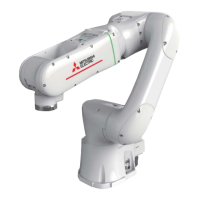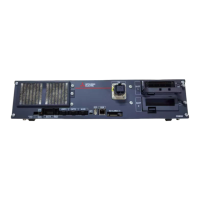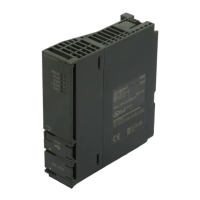4
TERMS
Unless otherwise specified, this manual uses the following terms.
Term Description
Buffer memory Memory in a module for storing data such as setting values and monitored values
Cyclic transmission A function by which data are periodically exchanged among stations on the same network using link
devices on CC-Link IE Field Network Basic
Disconnection A process of stopping data link if a data link error occurs
Label A label that represents a device in a given character string
Link device A device (RX, RY, RWr, or RWw) in a CPU module for the purpose of communicating with slave stations
Link refresh Automatic data transfer between a user device and a link device
Link scan (link scan time) The master station of CC-Link IE Field Network Basic sends requests to all slave stations. After
receiving responses from all the slave stations, the master station sends next requests. The time taken
from when requests are sent to when the next requests are started to send by the master station.
Master station A station that controls the entire CC-Link IE Field Network Basic. Only one master station can be used
in a network.
RAS The abbreviation for Reliability, Availability, and Serviceability. This term refers to usability of automated
equipment.
Reference response time The time taken from when a slave station of CC-Link IE Field Network Basic has received a request
from the master station to when the slave station send a response to the master station.
Reserved station A station reserved for future use. This station is not actually connected on CC-Link IE Field Network
Basic, but counted as a connected station
Return A process of restarting data link when a station recovers from an error
Slave station A station that performs cyclic transmission with the master station on CC-Link IE Field Network Basic. I/
O signals in units of bits and I/O data in units of words are exchanged.
SLMP The abbreviation for Seamless Message Protocol. This protocol is used to access an SLMP-compatible
device or a programmable controller connected to an SLMP-compatible device from an external device.
Subnet mask A number used to logically divide one network into multiple subnetworks and manage them easily. The
following Ethernet network systems can be configured:
• A small-scale Ethernet network system in which multiple network devices are connected
• A medium- or large-scale network system in which multiple small-scale network systems are
connected via routers or other network communication devices
User device A device (X, Y, M, D, or others) in a CPU module

